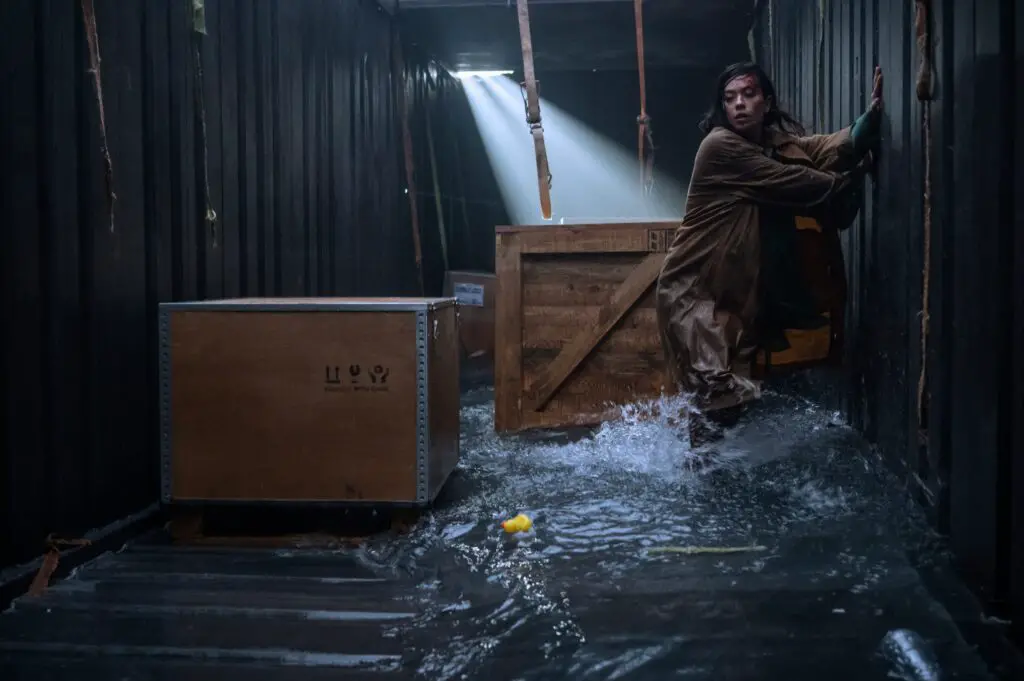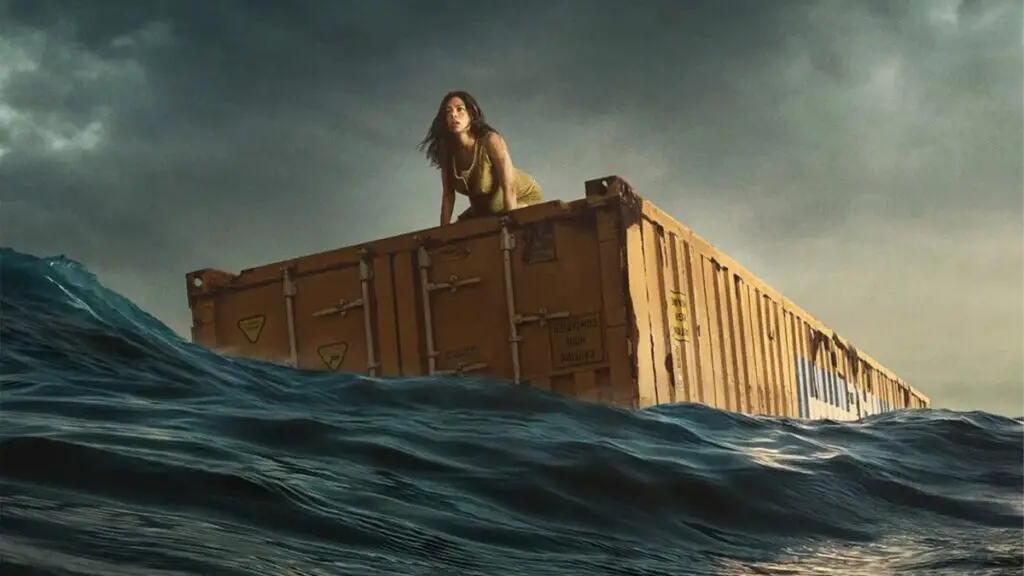Emerging as the latest sensation in the cinematic world on Netflix, “Nowhere” joins the ranks of acclaimed Spanish movies like Phenomena and Infiesto. Crafted under the directorial prowess of Alberto Pinto, the film comes to life through the brilliant words of writers Ernest Riera, Miguel Ruz, Indiana Lista, Seanne Winslow, and Teresa de Rosendo. Anna Castillo magnificently portrays Mia, who along with her partner Nico (played by Tamar Novas), sets out on a perilous journey to find sanctuary from a repressive military regime in Spain, with the hope to provide a safe environment for their soon-to-be-born child. A tale replete with hardship and heartache, the narrative beckons: after enduring the challenges of solitude and survival, does Mia and her newborn find the hope they so desperately seek?
The Heart-Wrenching Premise of “Nowhere”
Journeying into the world of “Nowhere”, viewers encounter Mia and Nico, a passionate young couple on the verge of parenthood, navigating the daunting challenge of escaping the grip of a merciless military dictatorship. As Mia’s pregnancy advances, they find themselves desperate to ensure a free world for their unborn child. The chilling narrative mirrors the contemporary refugee crises, reflecting the lengths to which individuals go to seek a brighter, safer future. The horrors of their reality become palpably evident when a heartless soldier executes a container full of innocent escapees, leaving Mia to rely solely on her wits and her phone while trapped inside another shipping container. As fate would have it, a tempestuous storm casts her container into the vast, unforgiving ocean, marking the onset of Mia’s ultimate test of survival.
Mia’s Grit and Resilience in “Nowhere”

The harrowing tale unfolds as Mia, abandoned in the vast expanse of the Atlantic, goes through the agonizing experience of childbirth, shifting her focus from personal survival to the well-being of her newborn daughter. Resourcefulness becomes her savior. Amidst the looming threat of the container sinking, Mia ingeniously uses duct tape from one of the crates to seal the leaks. Her survival instincts further shine when she crafts a fishing net, ensuring a steady supply of food. A light-hearted touch by the film’s writers introduces a container filled with Tupperware, which Mia utilizes for storing fish, ensuring both she and her baby have sustenance. Anna Castillo’s riveting performance, marked by profound emotion and physical endurance, aligns with iconic portrayals like Tom Hanks in Castaway and Robert Redford in All Is Lost.
However, as days turn into weeks, the relentless ocean threatens to engulf Mia and her daughter, Noa. With the container increasingly inundated, Mia constructs a makeshift raft, seemingly making the ultimate sacrifice for her child. With a biblical nod, the scene resonates with the poignant tale of Moses, leaving audiences in a heart-wrenching suspense.
Unveiling “Nowhere’s” Climactic Conclusion
Mia’s ingenuity surfaces one last time. In her final moments, she strategically deploys dead fish to attract a flock of seagulls, hoping it might catch the attention of any passing vessels. The culmination introduces us to a serene fishing boat named “Mickey”, manned by an Irish father-daughter duo. The circling seagulls lead them to the unexpected discovery of Noa, and ultimately, an unconscious Mia tethered beneath the water. The heart-stopping moments that follow see the determined young Irish woman resuscitating Mia, refusing to let the baby grow up motherless. The film culminates in an emotional reunion, encapsulating the undying human spirit and the relentless will to survive.
In conclusion, “Nowhere” is a testament to the indomitable spirit of a mother’s love, the horrors of oppression, and the lengths one will go to ensure a better future for their child. A cinematic masterpiece, it invites viewers to confront both the fragility and tenacity of human existence.


